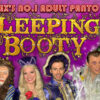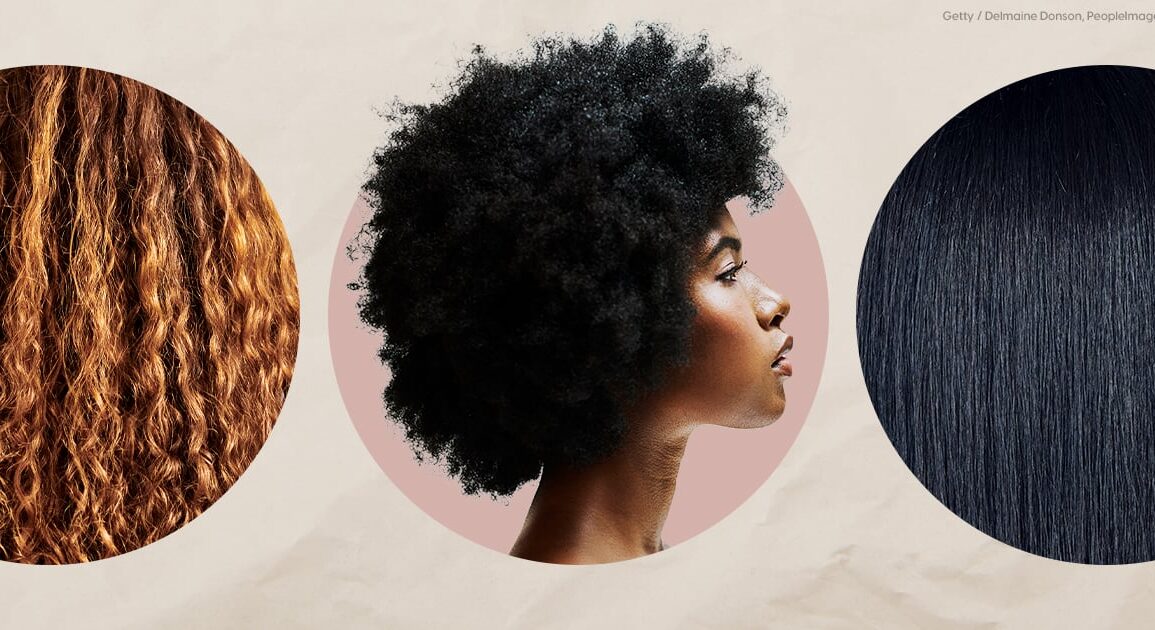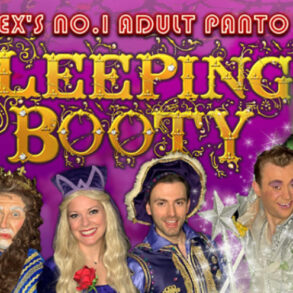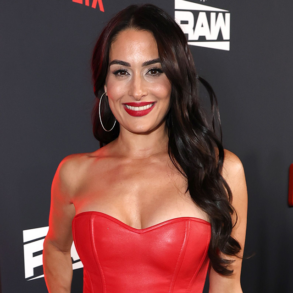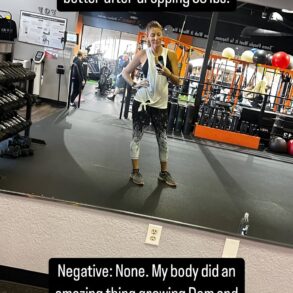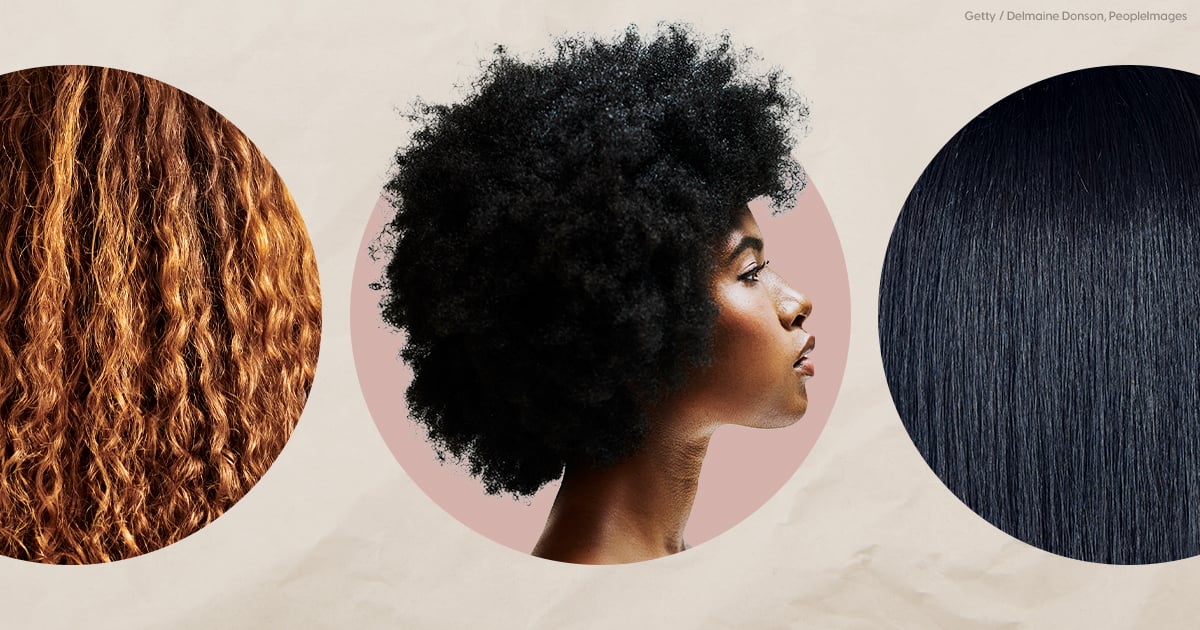
The natural hair movement, created in the 1960s, was fundamentally designed to be inclusive and to give Black women a space where they could celebrate their hair as it grew, sans manipulation. Although the movement was built to uplift natural hair types, that’s not necessarily what happens in practice. In Chris Rock’s 2009 documentary “Good Hair” — an exploration of the importance of hair in the Black community — the comedian says, “If hair is nappy, they aren’t happy.” Over a decade later, we still find ourselves in situations where this is true.
Time and time again, those of us with textured hair experience discrimination in the workplace, schools, and daily life. Sure, movements and even laws like the CROWN Act have stepped in to help depoliticize Black hair, but discrimination is still deeply embedded. The idea that hair textures closer to straight hair are more acceptable still persists. And what might be propelling these ideals is the hair type scale.
Who Created the Hair Type Scale?
The history of the hair typing system is a complicated one. The original hair type system, the hair gauge, was developed in 1905 in present-day Namibia by Eugen Fischer — a German scientist whose ideas informed the Nazi Party’s Nuremberg Laws — to understand an individual’s proximity to whiteness based on their hair texture. Decades later, during South Africa’s apartheid, this type of discrimination was echoed with the “pencil test,” which stated if a pencil could perfectly position itself inside your hair while you shook your head, you could not be classified as white.
Today, we often reference Oprah Winfrey’s former celebrity hairstylist Andre Walker as the creator of the 1A-4C system we use today, widely known as the “Hair Chart.” The scale separates textures into four categories, starting at 1 for straight hair, 2 for wavy, 3 for loose curls, and 4 for the coarsest and tightly curled texture. The scale then gets divided into letters A-C, with 4C hair being the kinkest and curliest of them all.
For many, it’s looked at as a guide — allowing individuals to name their curl pattern and follow routines and products to suit their hair type. On TikTok, for example, you’ll see over three billion views on videos about type 4 hair: detailing product recommendations, how-tos, and hairstyles that complement the texture. “The chart is not a professional tool, but instead provides a visual reference for general relatability,” Jatina Nixon, Mielle’s lead hairstylist, tells PS.
Does the Hair Type Scale Perpetuate European Beauty Ideals?
Although it can be viewed as common language to understand your hair, classifying tools have been used throughout history to compare and contrast how “white” people are. It’s led many to believe that the Hair Chart, which focuses solely on curl circumference, has alienated those placed at the end of the scale. (Walker did not immediately respond to PS’s request for comment on the subject.).
“It has inadvertently created a hair hierarchy, with many comparing curl types with one being presumably better and one being presumably worse,” says Michelle O’Connor, Matrix’s global artist director.
Those with 4C hair are often charged more at salons for the preconceived notion that their hair is more difficult to deal with and might take a longer time. Walker himself told Elle in 2011 that unlike looser 1A-3C hair, “kinky hair can have limited styling options. That’s the only hair type that I suggest altering with professional relaxing.” Type 4 hair clients are also often required to come with their hair fully detangled or blow-dried before receiving braids, trims, or sew-ins.
Not only can the scale alienate certain curl types, but it also doesn’t include all hair types. Most naturals, myself included, have different curl patterns on our head. The front of my hair is 4A, while the crown is closer to 4B and the nape and sideburns are 3B. My 4A hair could respond very differently to someone else with 4A, based on products — making it even harder to create a regimen that works for all of the strands on my head.
“Whenever there is a categorization, inclusivity becomes a problem,” Leigh Hardges, stylist at Maxine Salon, shares. “There will always be those special cases that don’t find their place within the groups, and because of the categories, companies and brands start to alienate the textures that aren’t their core demographic.”
The hair type scale assumes we all fit neatly into these four boxes. But some professionals and those opposed to the scale say it doesn’t account for all the factors that go into caring for your hair. “[The chart] is not the complete picture, because there are more hair types that exist than 1, 2, 3, and 4,” O’Connor says. “Things like density, porosity, surface texture, elasticity — those are other elements that we look at in the professional environment in addition to curl circumference. The circumference of your curl doesn’t tell you if it’s fine, medium, coarse, or other things.”
How Has the Hair Type Scale Affected the Natural Hair Movement?
Although the Hair Chart can assist as a visual aid to discovery, it doesn’t necessarily mesh well with the natural hair movement. The movement originated in the 1960s when Afros and natural hair were embraced as a symbol of power and resistance, and groups like the Black Panthers were leading the way with big hair and natural curls.
After a four-decade rise in chemical straightening — women were starting to join the workforce more, and straight hair was synonymous with professionalism and upward movement — the natural hair movement reemerged in the early 2000s with natural-hair bloggers on YouTube who moved away from relaxers and heat tools. These early influencers pored over research and advice on how to style natural hair. Back then, everything was explorative; it was exciting, informative, but most of all, a celebration of textured hair.
Is the Hair Type Scale Necessary?
O’Connor believes that the tide is changing when it comes to hair typing. “I err on the side of caution when I say [the Hair Chart] is necessary because curly hair is becoming so mainstream,” she says. “Going into professional salons, the scale can help bridge the gap, but it’s also not the full picture of information needed.”
So what other factors determine how to care for your hair? The experts all agree that the chart can be used as a jumping-off point, but density, porosity, elasticity, and hair damage should also be considered. “What our hair looks like solely does not determine how we should care for it,” Nixon says.
Many see the LOIS scale or Circle Hair System as alternatives to the Hair Chart. The LOIS scale, originally published by former website OurHair.net, does not reference numbers but instead considers sheen, shine, frizz, texture, and strand thickness of the hair. They use the letters “L” to describe hair with no curve, “O” to describe hair that is rolled up into the shape of one or several zeros, like a spiral, “I” for hair that lies flat with no distinct curve or bend, and “S” for hair with a wavy line. The scale attempts to avoid hierarchy and visibly shows you if you have a combination of different curls or textures. The Circle Hair System, created by hairstylist Pamela Ferrell in 2014, is based on the circle size determining the characteristics of your hair. For example, when it gets wet, the circle size will determine if it stands up or hangs down. Ferrell states that the smaller the circle, the more the hair shrinks.
Ultimately, many hair experts agree that the Hair Chart is an optional tool, not the end-all, be-all, holy grail. O’Connor encourages all hairstylists to “check within yourself about any specific feelings you may have about specific curl patterns so it isn’t presented in a biased way to the clients.” These steps could get us closer to decolonizing the way the public views and behaves toward people with tighter coils and spirals.
Natasha Marsh is a freelance writer who writes about fashion, beauty, and lifestyle. Prior to freelancing, she held styling staff positions at The Wall Street Journal, Burberry, Cosmopolitan Magazine, British GQ, and Harpers Bazaar.
This post was originally published on this site be sure to check out more of their content.

